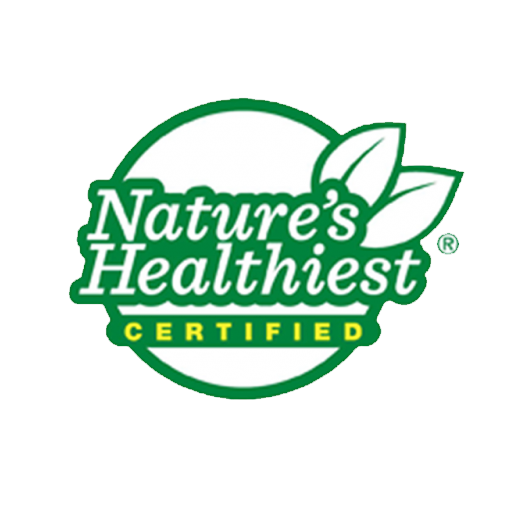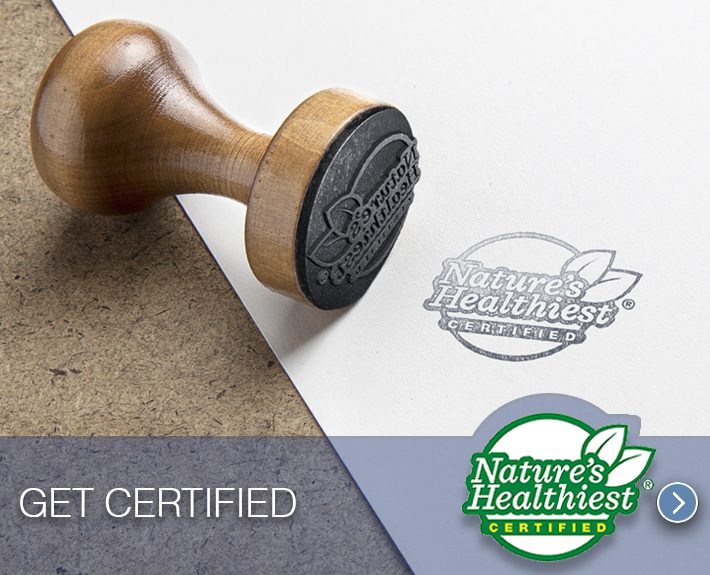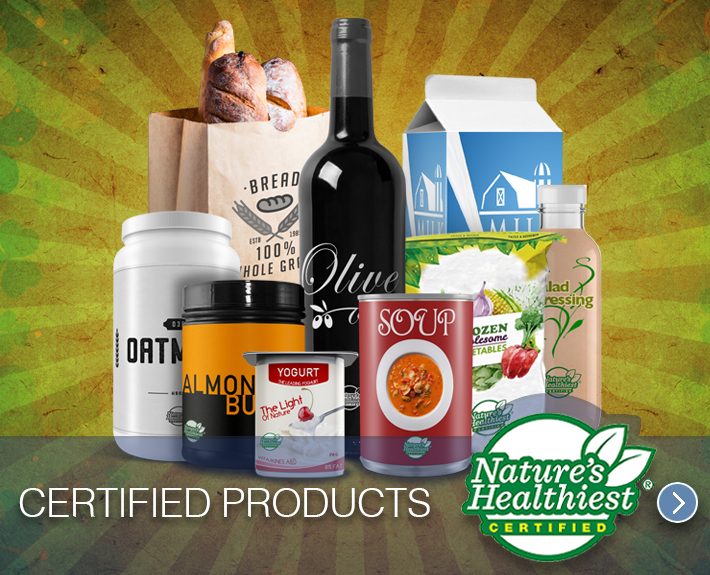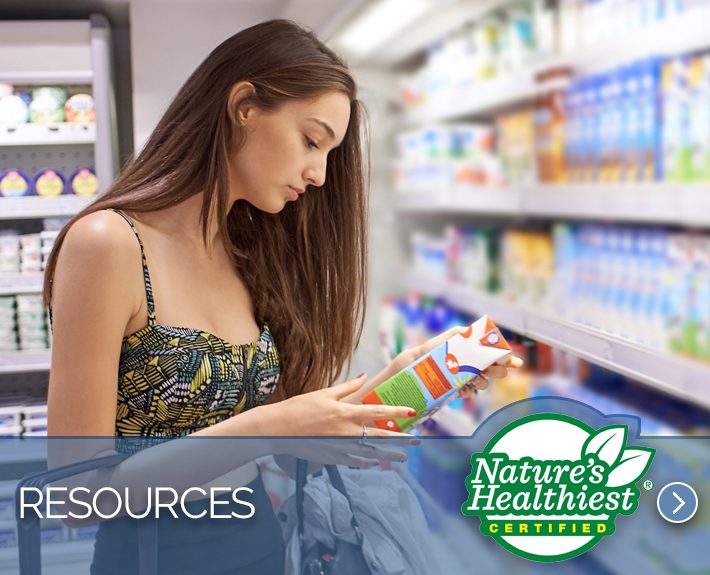Definitions You Need to Know
Food labeling is highly regulated by the FDA (U.S. Food & Drug Administration) and to a lesser extent by the USDA (U.S. Department of Agriculture) – for meat, poultry and dairy products only. We felt it was important to share with you some of the terms and definitions you may see on food labels.
Natural: FDA – not containing any synthetic or artificial ingredients.
USDA - containing no artificial ingredient or added color and is only minimally processed. Minimal processing means that the product was processed in a manner that does not fundamentally alter the product.
Organic: USDA – the food must meet regulatory standards as established by the USDA - produced without excluded methods, (i.e., genetic engineering, ionizing radiation, or sewage sludge), produced using allowed substances (National List of Allowed and Prohibited Substances), and overseen by a USDA National Organic Program-authorized certifying agent, following all USDA organic regulations. The USDA regulates what can be called 100% Organic, Organic, USDA Certified Organic, and foods made with organic ingredients.
GMO: WHO – Genetically modified foods are defined as foods derived from organisms whose DNA (genetic material) has been modified in such a way that does not occur in nature. Typically this is through the introduction of a gene from a different organism.
Healthy: FDA – the definition of this term is currently being evaluated by the FDA and will be updated in the near future. The current regulation states that ‘healthy’ means the product must meet certain criteria that limit the amounts of fat, saturated fat, cholesterol, and sodium, and require specific minimum amounts of vitamins, minerals, or other beneficial nutrients.
Nutrient Content Claims: Terms such as "low sodium," "reduced fat," and "high fiber", “sugar free” are defined by the FDA along with terms such as "low," "reduced," "high," "free," "lean," "extra lean," "good source," "less," "light," and "more."
To learn more about the regulations of these terms visit:
http://www.fda.gov/Food/GuidanceRegulation/GuidanceDocumentsRegulatoryInformation/LabelingNutrition/ucm064911.htm
To learn more about the regulations of these terms visit:
http://www.fda.gov/Food/GuidanceRegulation/GuidanceDocumentsRegulatoryInformation/LabelingNutrition/ucm064911.htm
Ingredient Statements: The ingredient statement is probably the most highly regulated part of a food label. If you want to find out what is contained in a food, this is the first place to look. Ingredients are to be listed in descending order of predominance by weight. All functional (define) ingredients are required to be listed and how they are listed is strictly regulated.
Nutrition Facts Box: The best place to find out the nutrient content of the food. Note that all values are based on the serving size listed so be sure to check how much the serving size is for that food. Note that there are now new regulations in place for the Nutrition Facts box and you’ll be seeing changing over the next 1 to 2 years. Many serving sizes are changing for some foods so be careful to check the servings size of the products you buy. Also a new line for “Added sugars” will be listed under “Sugars” so you can see how much of the sugar content of a food has been added by the manufacturer and is not naturally in the food.
Free Range or Free Roaming: Poultry has been allowed access to the outside.
Cage Free: This term means that poultry has not been caged and does have some ability to walk free. It gives no stipulations that the animal be allowed outside access or are treated humanely.
Grass-Fed vs Grain Fed: In January of 2016, the USDA withdrew their Grass Fed claim standard. Previously the standard defined Grass Fed as: Ruminant animals (cows, sheep, goats) are fed a diet only comprised of grass and forage, with the exception of milk consumed before they are weaned. Animals must have access to the outdoors and be able to engage in natural behaviors such as grazing. The USDA still reviews all label claims to monitor the use of any claim. There are also private organizations that set their own standards for certifying beef as Grass Fed.
So which is better for you? What really differentiates Grass Fed and Grain Fed meat is the fatty acid composition. Both have similar amounts of saturated and monounsaturated fatty acid although some Grass fed beef has slightly lower content. The most significant difference is in polyunsaturated fat content. Grass Fed beef can have up to 5 times more omega-3 fatty acids and twice the amount of conjugated linoleic acid (CLA). Some studies have shown that Grass Fed beef has a better nutrient content than Grain fed beef particularly in terms of vitamin A, vitamin E, zinc, iron, potassium, phosphorus and sodium.
So which is better for you? What really differentiates Grass Fed and Grain Fed meat is the fatty acid composition. Both have similar amounts of saturated and monounsaturated fatty acid although some Grass fed beef has slightly lower content. The most significant difference is in polyunsaturated fat content. Grass Fed beef can have up to 5 times more omega-3 fatty acids and twice the amount of conjugated linoleic acid (CLA). Some studies have shown that Grass Fed beef has a better nutrient content than Grain fed beef particularly in terms of vitamin A, vitamin E, zinc, iron, potassium, phosphorus and sodium.
A review of fatty acid profiles and antioxidant content in grass-fed and grain-fed beefCynthia A, Amber Abbott, Patrick S Doyle, Glenn A Nader and Stephanie LarsonNutrition Journal 20109:10J Anim Sci. 2008 Dec;86(12):3575-85. Effects of conventional and grass-feeding systems on the nutrient composition of beef. Leheska JM1, Thompson LD, Howe JC, Hentges E, Boyce J, Brooks JC, Shriver B, Hoover L, Miller MF.Am J Clin Nutr. 2007 May;85(5):1203-11. Efficacy of conjugated linoleic acid for reducing fat mass: a meta-analysis in humans. Whigham LD1, Watras AC, Schoeller DA.Effects of conventional and grass-feeding systems on the nutrient composition of beef.J. M. Leheska, L. D. Thompson, J. C. Howe, E. Hentges, J. Boyce, J. C. Brooks, B. Shriver, L. Hoover and M. F. Miller. Journal of Animal Science 2008 86: 12: 3575-3585
Hormone Free, No Hormones Added, rBGH-Free, and rBST-Free: These terms on dairy products mean the cows were not administered rBGH or rBST, genetically engineered hormones used to increase the production of milk.
Dolphin-Safe: this label term on tuna means that no dolphins were intentionally chased, encircled, traumatized, injured or killed in order to catch tuna swimming beneath the dolphins.
BPA: Bisphenol A or BPA is an industrial chemical that has been used to make certain plastics and resins. BPA is most commonly found in polycarbonate plastics that are commonly used in containers that store food and beverages. They may also be used in other consumer products. Epoxy resins, used to coat the inside of metal products, such as food cans, may also be another source of BPA. Although the FDA considers the very low levels of BPA found in food packaging to be safe, research has shown that BPA can leach into foods from containers. This is a concern as some research has shown that exposure to BPA may cause possible health effects.
http://www.mayoclinic.org/healthy-lifestyle/nutrition-and-healthy-eating/expert-answers/bpa/faq-20058331
http://www.mayoclinic.org/healthy-lifestyle/nutrition-and-healthy-eating/expert-answers/bpa/faq-20058331
Spring Water: The name of water derived from an underground formation from which water flows naturally to the surface of the earth may be "spring water." Spring water shall be collected only at the spring or through a bore hole tapping the underground formation feeding the spring. There shall be a natural force causing the water to flow to the surface through a natural orifice. 21CFR165.110(a)(2)(vi)
Purified Water: The name of water that has been produced by distillation, deionization, reverse osmosis, or other suitable processes and that meets the definition of "purified water" in the United States Pharmacopeia, 23d Revision [may be] "purified water" or "demineralized water." 21CFR165.110(a)(2)(iv)
If you have a question about a definition or term that you don’t see listed, please feel free to contact us.
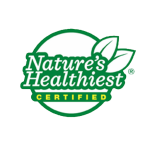
Independent. Honest. Trusted.
A Food Certification You Can Trust!
